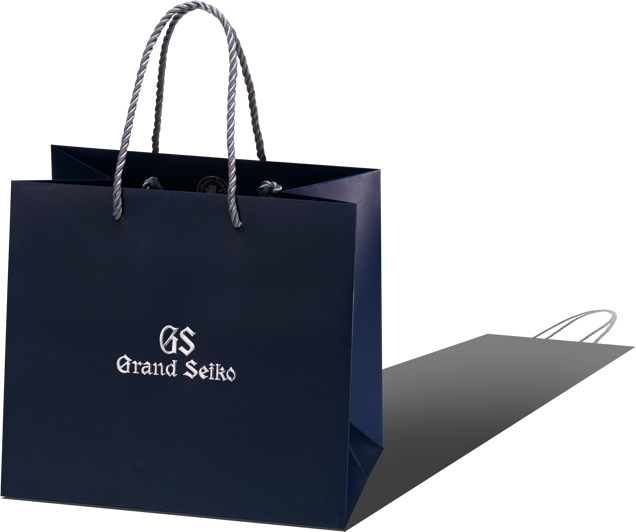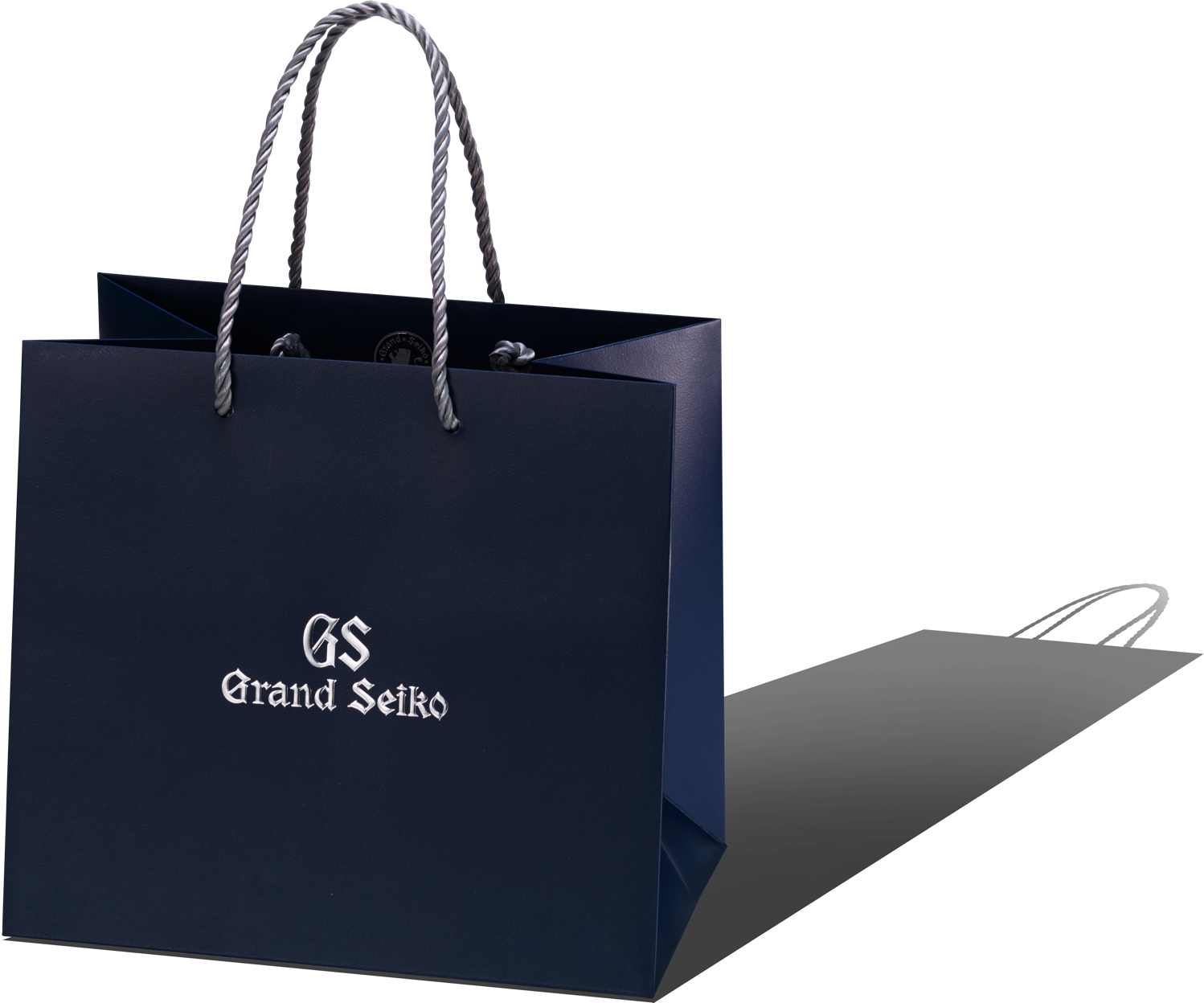
“What makes an ideal watch?”
Driving the engineers and watchmakers of the Shinshu Watch Studio, this question was answered with the introduction of Caliber 9F in 1993. Amazingly precise and designed to last, Grand Seiko’s 9F is the embodiment of an ideal, and not just regarding quartz timekeeping, but more broadly as to what a watch could and should be.
When Mr. Kuniharu Natori and his development team lead the charge on 9F, they sought to address three distinct areas: usability, legibility, and overall ease of maintenance.

To that end, Caliber 9F employs numerous groundbreaking innovations to achieve its high accuracy rate of ±10 seconds per year while also allowing Grand Seiko’s quartz watches to embody the brand’s exacting design aesthetic. These innovations include the Twin Pulse Control Motor, the Backlash Auto-Adjust Mechanism, a protective shield construction, and a regulation switch, among others.
Below, we explore the distinct features that allow Grand Seiko’s 9F calibers to achieve their exceptional accuracy.
In-House Quartz

The quartz crystals used by Grand Seiko are grown in-house in the company’s own autoclaves. This allows for tighter quality control, as each crystal is artificially aged in a controlled temperature and humidity, along with a controlled high voltage, for 90 days to ensure the stability of performance. It is then regulated by an IC in line with the specific performance characteristics of that crystal. Crystal oscillators are designed to oscillate 32,768 times per second, but that number is susceptible to temperature changes, and each crystal reacts to temperature fluctuations differently. This variation from one crystal to the next is accounted for by the individual movement’s IC.

Once cased inside the watch, the temperature sensor samples ambient temperature 540 times per day and, because quartz crystals are susceptible to temperature variation, uses that information to compensate by adjusting the frequency of the crystal. This bespoke approach is critical in ensuring the abovementioned precision of ±10 seconds per year.
Protective Shield Construction
Though quartz movements are less susceptible to outside forces, dust, and other contaminants can be introduced to the mechanism during battery changes, which can ultimately affect performance. To prevent this, 9F employs a protective shield construction that covers the gear train so that dust cannot enter the movement when the case back is open during service.

Magnetic Resistance
The 9F movement is protected from magnetic interference via a combination of a unique motor design (with magnetic conductors) and an anti-magnetic iron plate. This provides anti-magnetic resistance of up to 4,800 A/m (60 G), which is the same level of protection stipulated by the ISO standard for diver’s watches.
Regulation Switch
All 9F movements come equipped with a regulation switch. This ability to regulate is a common feature of mechanical movements, though it is almost never seen in any quartz counterparts. With this, one can perform a fine adjustment should the need ever arise.

Backlash Auto-Adjust Mechanism
There is always a small amount of backlash between teeth along a gear train as they engage with each other, which translates to a seconds hand that appears to shudder as it advances around the dial. The watchmakers working on 9F determined that precision on the dial side of the watch is equally important – it is, after all, the interface of the watch – and to that end, they devised the Backlash Auto-Adjust Mechanism. It is essentially a small gear equipped with a hairspring placed along the gear train, and it works by exerting the torque of the coiled hairspring back to the gear train, minimizing the play between teeth and mitigating any considerable shake.

The introduction of 9F is evidence that Grand Seiko takes quartz watches seriously. So much so, in fact, that each movement is hand-assembled by a highly skilled Grand Seiko watchmaker.






